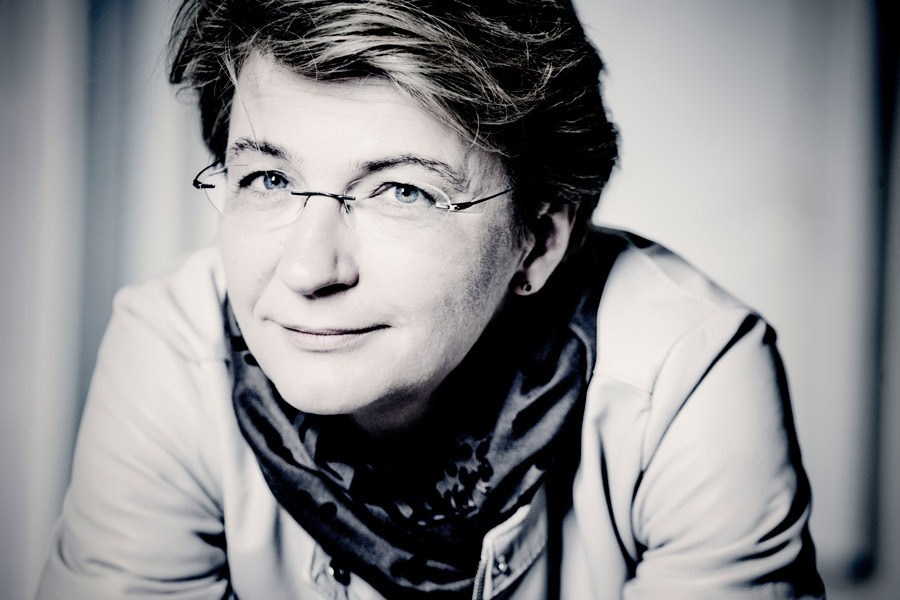Igor Stravinsky entered the history of music as a great revolutionary, a composer who boldly broke conventions, sometimes shocking critics and listeners. However, not all his works are so radical. The less known but equally attractive face of the artist is shown in the ballet Apollon musagète.
While writing this work, Stravinsky drew on mythological subjects. It is divided into two parts. The first depicts the birth of Apollo, while in the second the god meets three Muses: the Muse of dance Terpsichore, the Muse of poetry Calliope, and the Muse of song Polyhymnia, and leads them all to Parnassus. The work of the Russian composer belongs to the trend named Neoclassicism. Artists choosing this style referred to the music of past eras, enriching it with contemporary elements. Stravinsky referred to the French ballet music of the 17th and 18th centuries, while giving his work an elegant character. A distinctive feature of this work is the dotted rhythm heard at the very beginning and returning all the time. The composer wrote this work for a small line-up, consisting only of string instruments.
Joseph Haydn's Concerto in A major is one of his four violin concertos. Researchers estimate that this work was created in 1765-1770. Unfortunately, the manuscript has not survived to our times. The only known handwritten copy has been preserved in the Benedictine Abbey in Melk, Austria, hence this composition is sometimes called "Melker Konzert". This short, melodious and graceful work is characteristic of the composer's style.
String Quartet No. 3 in E minor by Pyotr Tchaikovsky was completed in 1876, at the same time as his Piano Concerto No. 1 in B flat minor and the ballet Swan Lake. However, his chamber work has never gained such popularity as the other two. It is a composition filled with sadness and melancholy. Tchaikovsky devoted the quartet to the memory of the Czech composer and violinist Ferdinand Laub, whom he considered the most outstanding contemporary virtuoso of this instrument. This artist won the credit of Tchaikovsky, taking part in the first performances of his two earlier string quartets.

